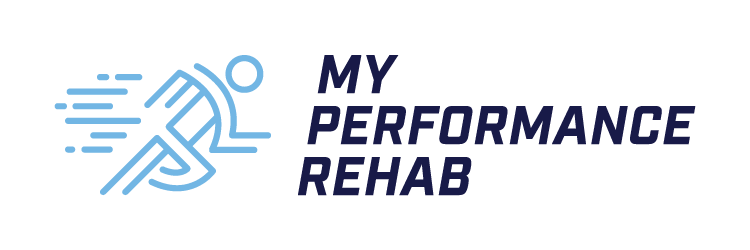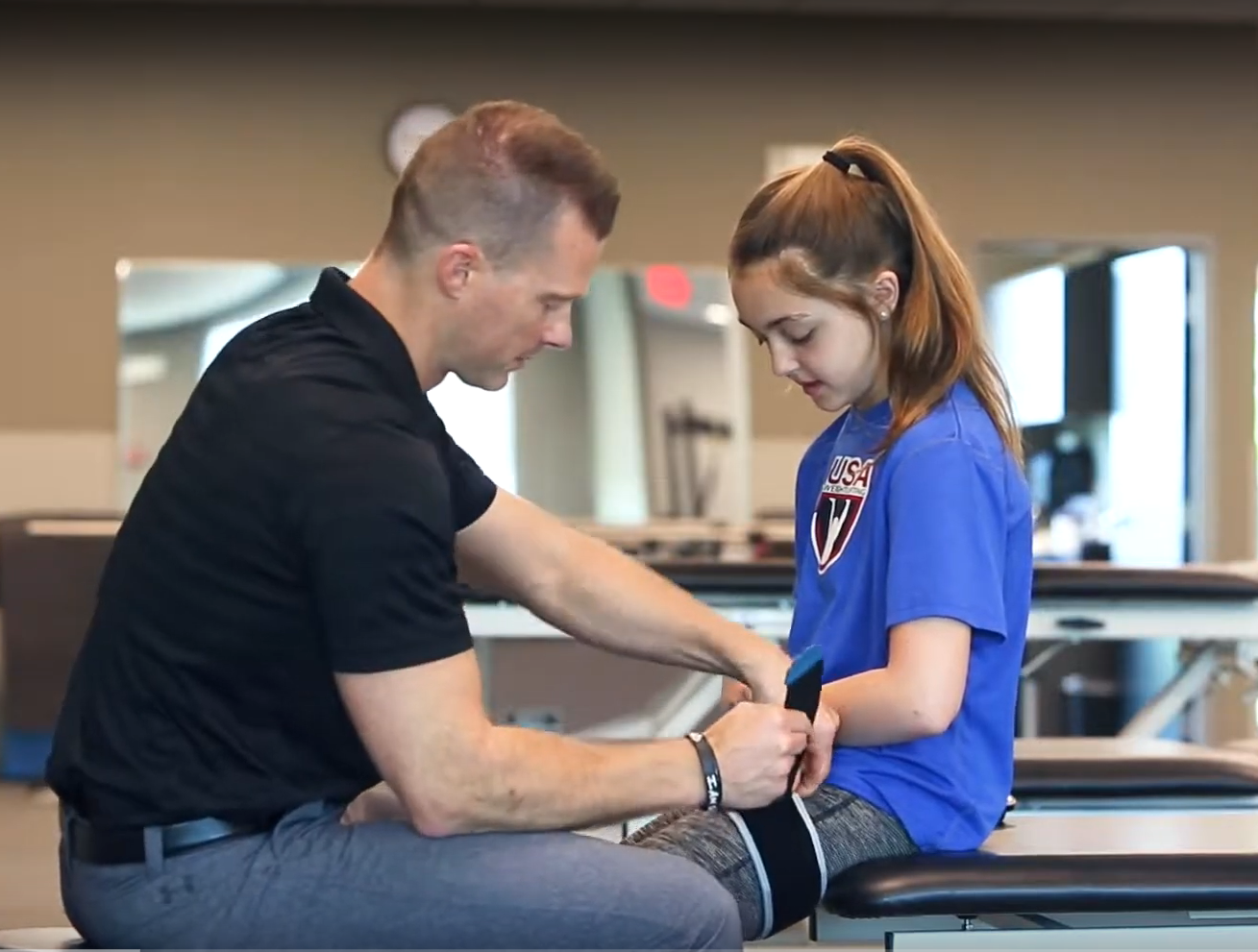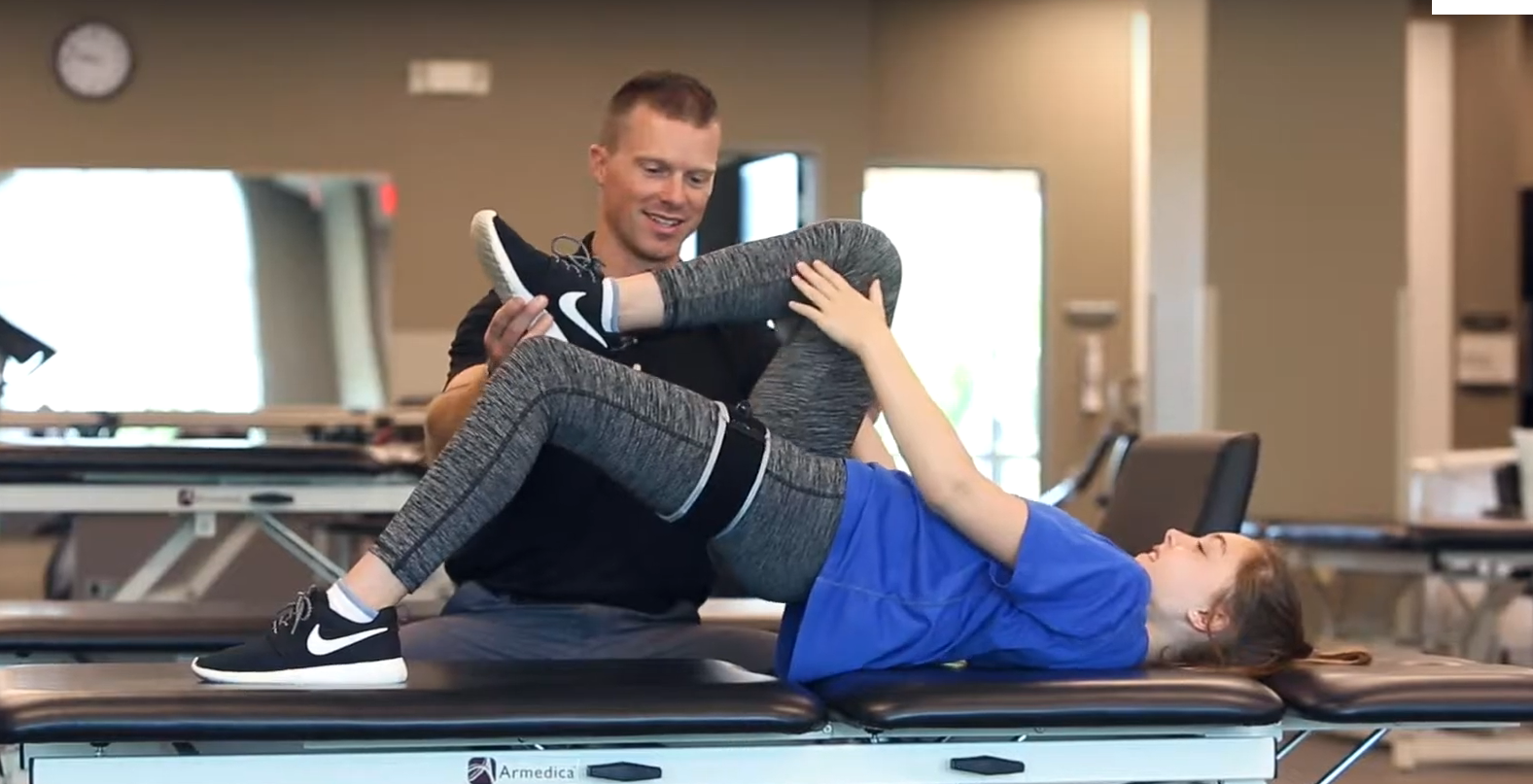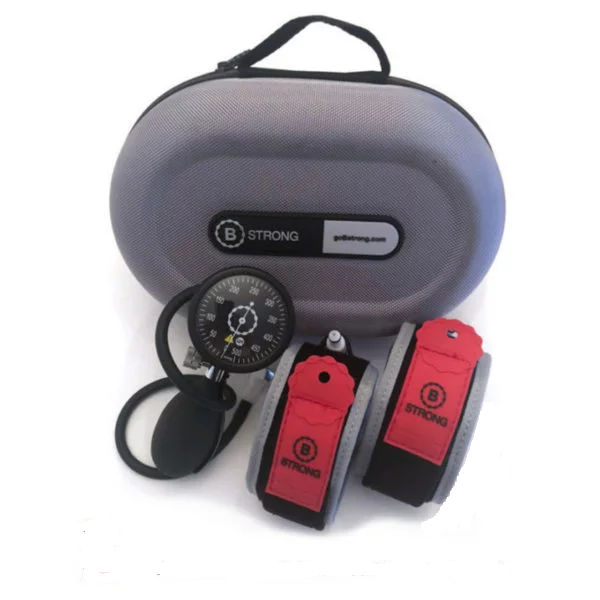Last post I talked about making a change...interrupting the pain...move better. Today, I will introduce some basic movement patterns that we should all be able to perform. Before I go into all of them, I want you to be critcial of yourself. Don't start by saying, "I've never had good balance" or "I've never been very flexible" or whatever. These are all foundational movements that we could once perform (even if it was when we were small children).
Now, I will say, that our pasts have a cumulative effect on our bodies - past injuries, jobs, stresses, lifestyles, etc. So, you MAY be accurate in your self-assessment of your movement abilities, but don't judge too quickly...you can always move better. Don't let age be a deterrent, either. We all know older individuals who move fantastically and younger individuals who move poorly.
So, here is the test - Can you move in these patterns fully without pain?

- Touch your chin to your chest (without opening your mouth)
- Look up until your face is parallel with the ceiling (without arching your back)
- Stand on one leg with your hip and knee flexed to 90 degrees for 10 seconds. If so, can you do it with your eyes closed?
- Rotate your trunk until you can look behind you to both sides equally
- Bend forward and touch your toes (without bending your knees and with your spine curving normally throughout)
- Extend backwards until your shoulder blades move past your heels but also with the front of your pelvis passing your toes
- Squat down so your knees go below parallel, arms do not move forward past the toes, and the back is in the same angle as your tibias (lower leg bones)
These are foundational - if they cause pain, this is abnormal. Pain with just moving is a concern. Don't dismiss the presence of pain. Pain with simple movements can indicate any number of things: There might be a mechanical barrier. Possibility of some sort of underlying pathology. You might just compensate when you move due to muscle imbalance, tightness, or instability. But, before looking further into any of those things, try to interrupt the pain cycle. Start by moving out of dysfunction. If one of these patterns causes pain, DO NOT keep moving into it. In other words, don't keep doing the things that are causing you pain. Period. However, if you don't have pain but can't move through basic patterns, these are the patterns to focus on. PLEASE MOVE.
I know this seems like a lot of dynamic movements. It is. I am trying to give you a baseline of your whole body (except the shoulder for now). It is oversimplified but is still involved enough to check yourself. Again, it is the foundation. I will attempt to break down each pattern further in upcoming posts and address dysfunction as well as pain. Until then, work on moving better!






Share:
Running Form - Do you have imbalances?
Interrupt the Pain Cycle